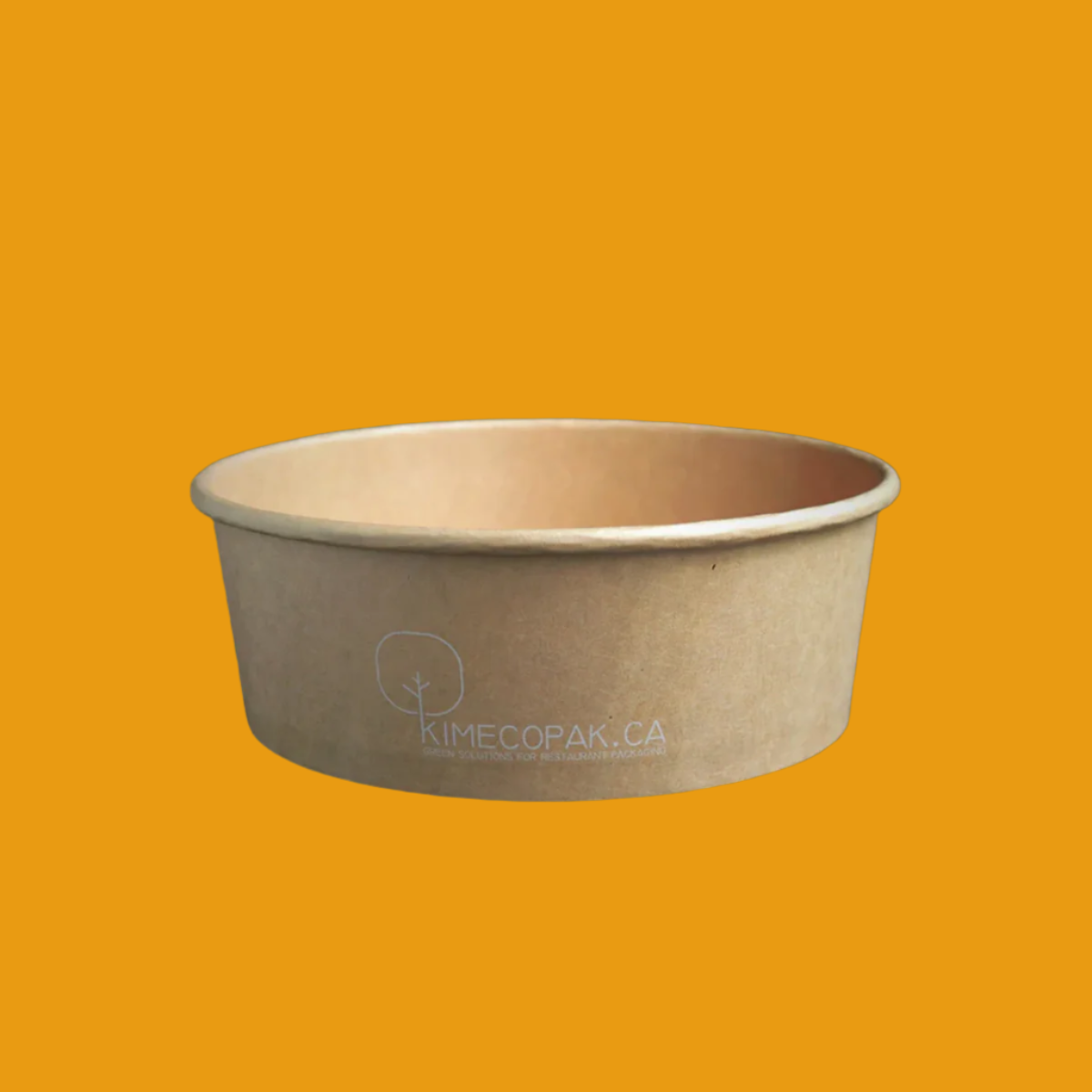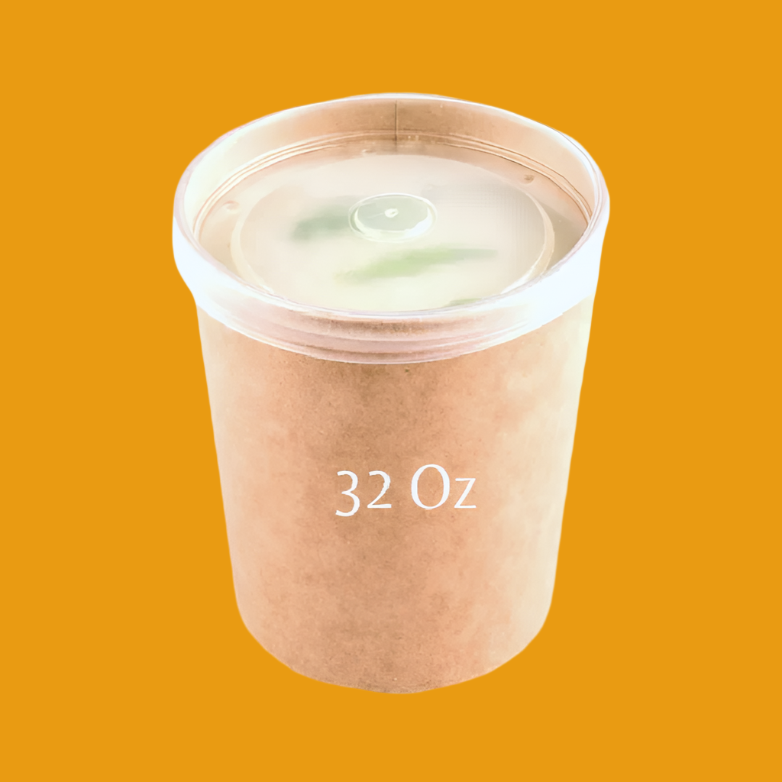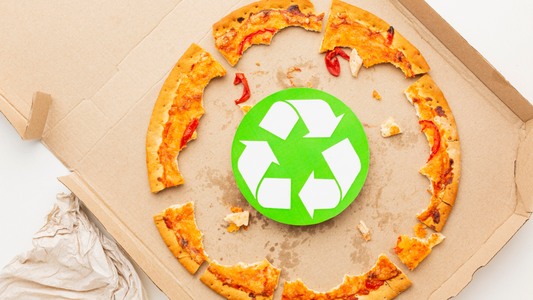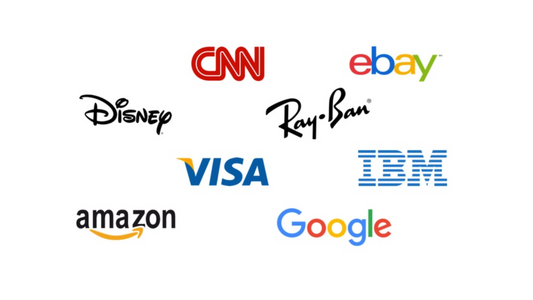Sustainable packaging is becoming a trend in many industries, including non-profits organizations. What is the best choice for food packaging when it comes to sustainable packaging? And how to balance the needs of food banks with sustainable packaging solutions? In today's article, let's dive deeper into the needs of food banks with packaging and sustainable choices for food banks.
Related: How Non-Profits Can Embrace Eco-Packaging for Sustainable Pre-Meal Programs?
What Are Food Bank Needs on Packaging?
Food banks have several key needs when it comes to packaging their food supplies, and these needs often present a challenge when balancing with eco-friendly solutions. Here's a breakdown of the main priorities of packaging
Cost-effectiveness:
- Budget-conscious: Food banks operate on tight budgets and rely on donations. Packaging should be affordable, ideally cheaper or comparable to traditional options. Bulk purchasing and partnerships with manufacturers can help reduce costs.
- Material considerations: Consider using recycled content in packaging or choosing less resource-intensive materials like paper and cardboard. Exploring alternative sizes and minimizing unnecessary packaging can also cut costs.
- Donation optimization: Choose packaging that optimizes storage and transportation space to maximize the amount of food delivered per trip.
Food Safety and Quality:
- Protection from damage: Packaging needs to protect food from physical damage, crushing, and leaks during storage and distribution.
- Preservation and shelf life: Materials should maintain food quality and extend shelf life to minimize waste. Consider using oxygen absorbers for dry goods or choosing materials with good barrier properties for perishable items.
- Temperature control: For certain foods, packaging that helps maintain appropriate temperatures during transport is crucial. Insulated bags or containers might be necessary.
- Food safety regulations: Ensure packaging complies with all relevant food safety regulations and best practices for handling and storage.
Convenience and Functionality:
- Ease of handling: Packaging should be easy to lift, carry, and distribute by volunteers and recipients, especially considering weight and bulk.
- Accessibility and usability: Design packaging that is easy to open and use, catering to recipients with different abilities. Consider resealable containers for multi-use items.
- Storage and organization: Choose packaging that allows for efficient storage and organization within the food bank and at recipients' homes. Stackable containers or foldable boxes can be helpful.
- Information and labeling: Clearly label packaging with nutritional information, ingredients, and storage instructions. Consider using multilingual labels or pictograms for accessibility.
There are also different considerations when it comes to food packaging, including:
- Food types: Adapt packaging choices to different types of food (dry goods, liquids, perishables) to ensure optimal protection and functionality.
- Recipients' needs: Consider the specific needs of your recipient community, such as single households or families with young children, and choose packaging accordingly.
- Community partnerships: Collaborate with local businesses or organizations to source discounted or donated packaging materials.
The above conditions are the key factors that food banks consider when selecting packaging. These factors include cost-effectiveness, food safety and quality, functionality and convenience, and environmental sustainability.

What Are Sustainable Alternative Packaging Options for Food Banks?
Sustainable alternative packaging can be made from different materials, including:
Compostable & Biodegradable:
- Pros: Reduces landfill waste, aligns with zero-waste goals, often affordable.
- Cons: Not suitable for all foods (liquids, perishables), moisture sensitive, limited composting infrastructure in some areas.
- Examples: Paper, cardboard, bagasse, mushroom mycelium.
Recyclable:
- Pros: Can be recycled multiple times, familiar infrastructure in many regions.
- Cons: Requires clean sorting and proper recycling practices, some plastics have limited recyclability, energy-intensive manufacturing.
- Examples: Aluminum, glass, specific types of plastic with high recycling rates.
Reusable:
- Pros: cost-effective after initial investment, fosters community involvement.
- Cons: Upfront cost and logistics, potential hygiene concerns, not suitable for all recipients.
- Examples: Reusable containers, bulk dispensers at the food bank.
Minimalist:
- Pros: Reduces material use, minimizes environmental impact, aligns with zero-waste principles.
- Cons: May require changes in distribution methods, might not offer optimal protection for all foods, requires careful consideration of functionality.
- Examples: Smaller packaging sizes, avoiding individual packaging, focusing on functional design.
It’s not easy to choose the best sustainable packaging for food banks because each type of packaging has its own pros and cons. To decide which is the best material for your food banks, explore in the next part.
Finding The Best Sustainable Packaging to Balance Food Bank Needs and Sustainability
In the options above, what is the best solution for food bank? To identify the best option, it’s important to understand first the trade-offs between what food bank needs and sustainability. Here's a breakdown of the key trade-offs and potential best options for each situation:
Trade-offs in sustainable packaging options:
- Cost: Sustainable materials like compostables and recyclables can be slightly more expensive than traditional options. Reusable containers require an upfront investment.
- Practicality: Compostable materials may not be readily available in all regions, and recycling infrastructure varies. Reusable containers need cleaning and logistics management.
- Environmental Impact: While sustainable options generally have a lower long-term impact, some still require resources for production and transportation. Minimalist packaging may compromise food protection.
Potential best options for each situation:
If you are looking for the most cost-effective solution:
- Reusable containers: While requiring an initial investment, these can significantly reduce costs in the long run. Imagine sturdy plastic or stainless-steel containers used for distributing staples like rice and beans. Over time, their repeated use offsets the initial outlay.
- Minimalist paper and cardboard: Opting for smaller packaging sizes and avoiding individual wrapping for certain items can save both materials and money. For example, consider brown paper bags instead of individually bagged fruits and vegetables.
If you are looking for the most sustainable solution, here are the more suitable options:
- Compostable and biodegradable materials: Imagine replacing your plastic produce bags with sturdy, plant-based ones made from bagasse (sugarcane waste) that decompose naturally in compost bins. Perfect for organic items!
- Recyclable options: Aluminum cans for canned goods or glass jars for jams and preserves might be slightly more expensive than plastic, but they can be recycled repeatedly, reducing long-term environmental impact.
If you are looking for a solution for disposable packaging with minimal environmental impact, here are the options:
- Disposable trays: For distributing cooked meals or perishable items, consider sturdy disposable trays made from sugarcane. These offer eco-friendly alternative to tradditional plastic containers.
- Minimalist cardboard boxes: Think about replacing bulky plastic crates with well-designed cardboard boxes for bulk deliveries. Optimizing space utilization and minimizing excess packaging can reduce environmental impact even with disposable options.
Overall, there is no one-size-fits-all solution, and the best approach will vary depending on the specific needs and priorities of each food bank.
Beyond specific options, consider these strategies:
- Collaboration: Partner with other food banks, environmental organizations, and research institutions to share knowledge, resources, and best practices.
- Innovation: Stay informed about new eco-friendly packaging technologies and pilot programs. Consider implementing pilot projects to test and refine new approaches.
- Adaptability: Continuously monitor the effectiveness of your chosen solutions and be open to adapting and improving your approach based on evolving needs and resources.
In conclusion, choosing the best sustainable packaging for food banks involving in different factors. And there the best one option for all. By understanding the trade-offs, prioritizing your needs, and seeking collaborative solutions, you can navigate the dynamic landscape of food bank packaging and contribute to a more responsible and sustainable future.









